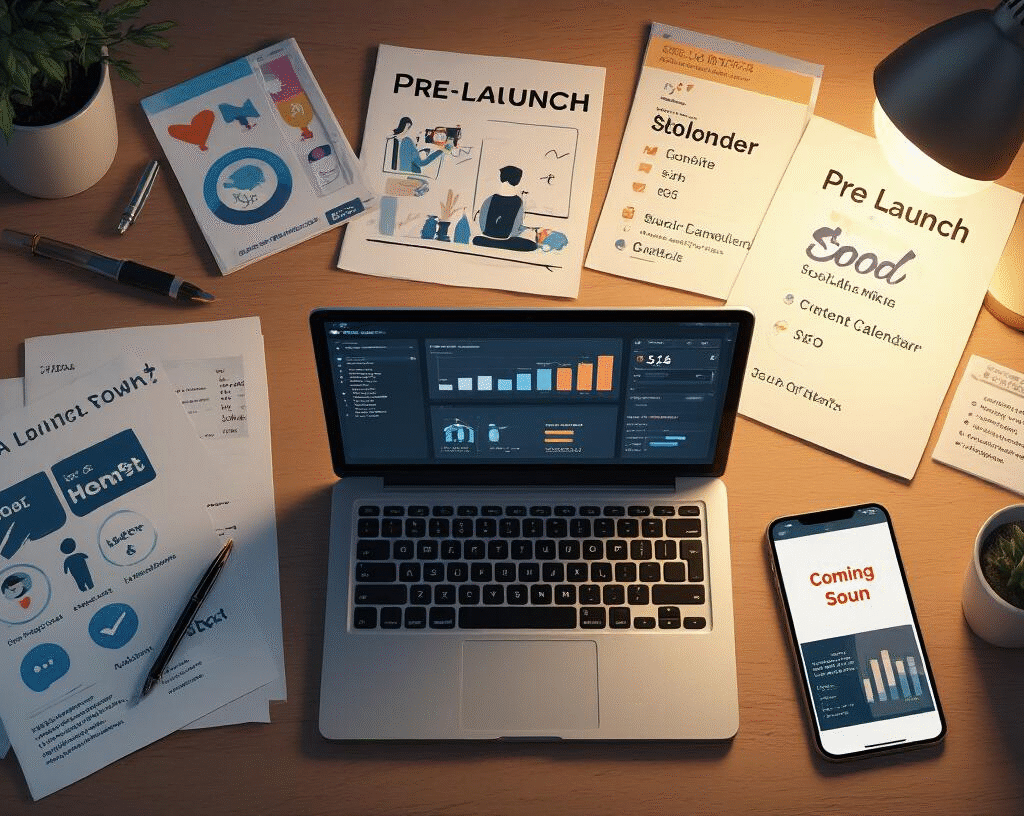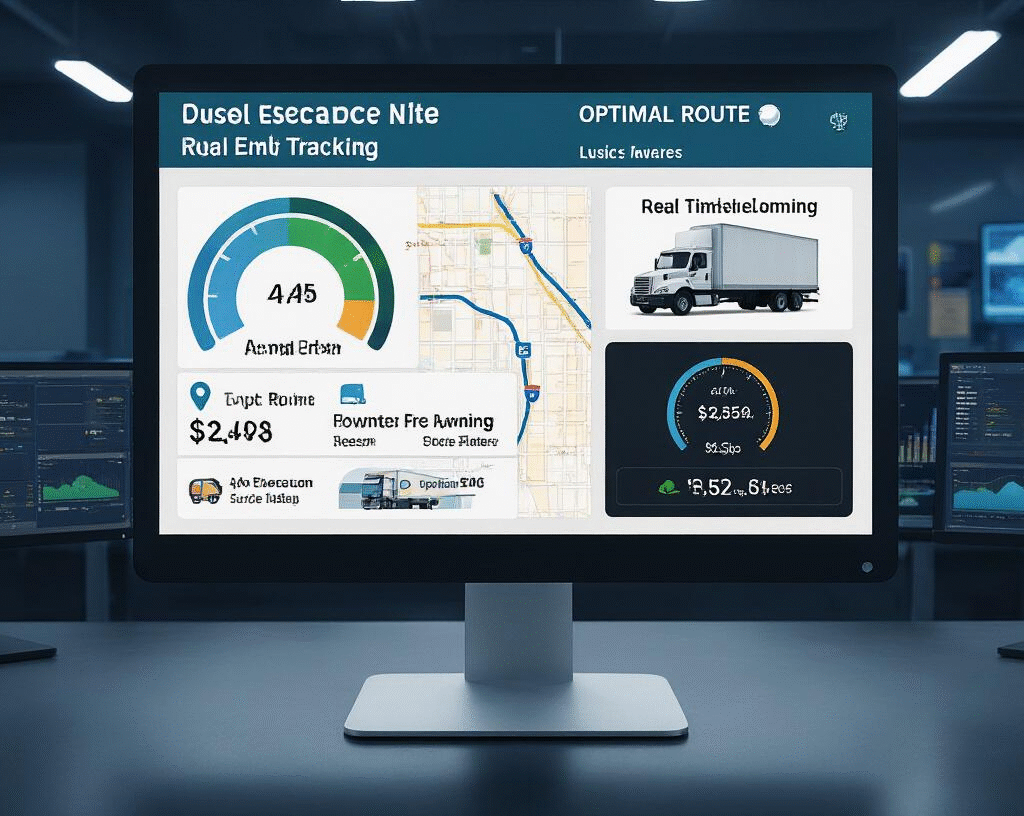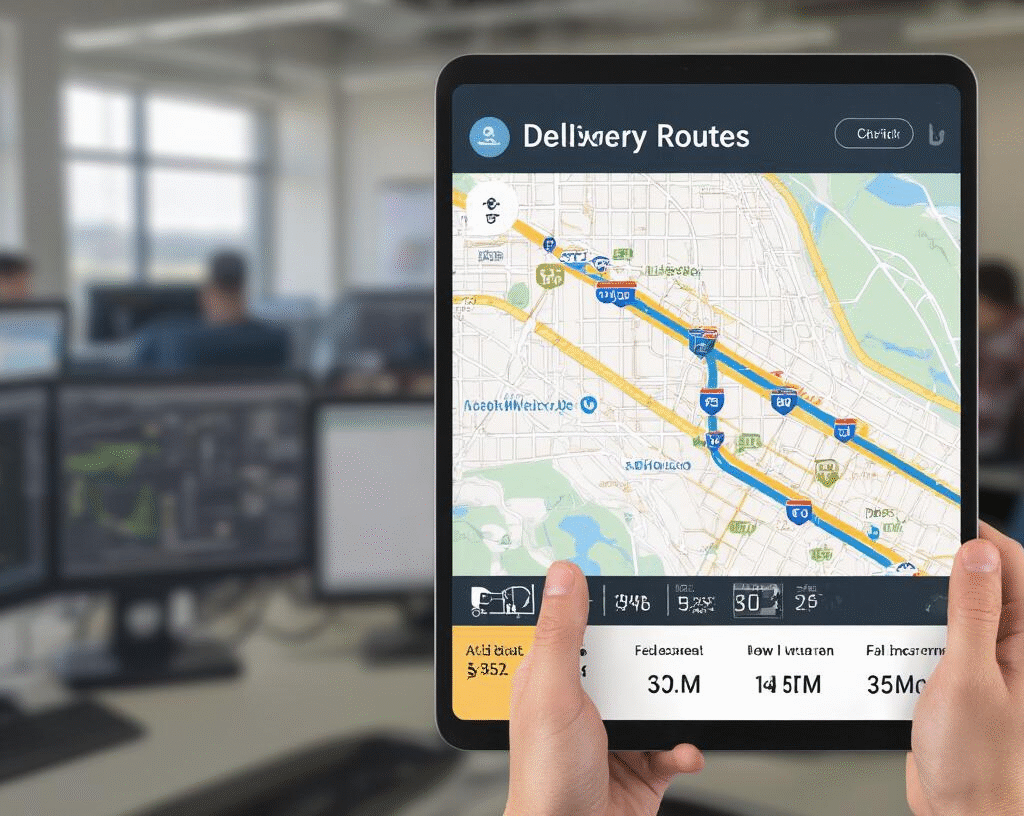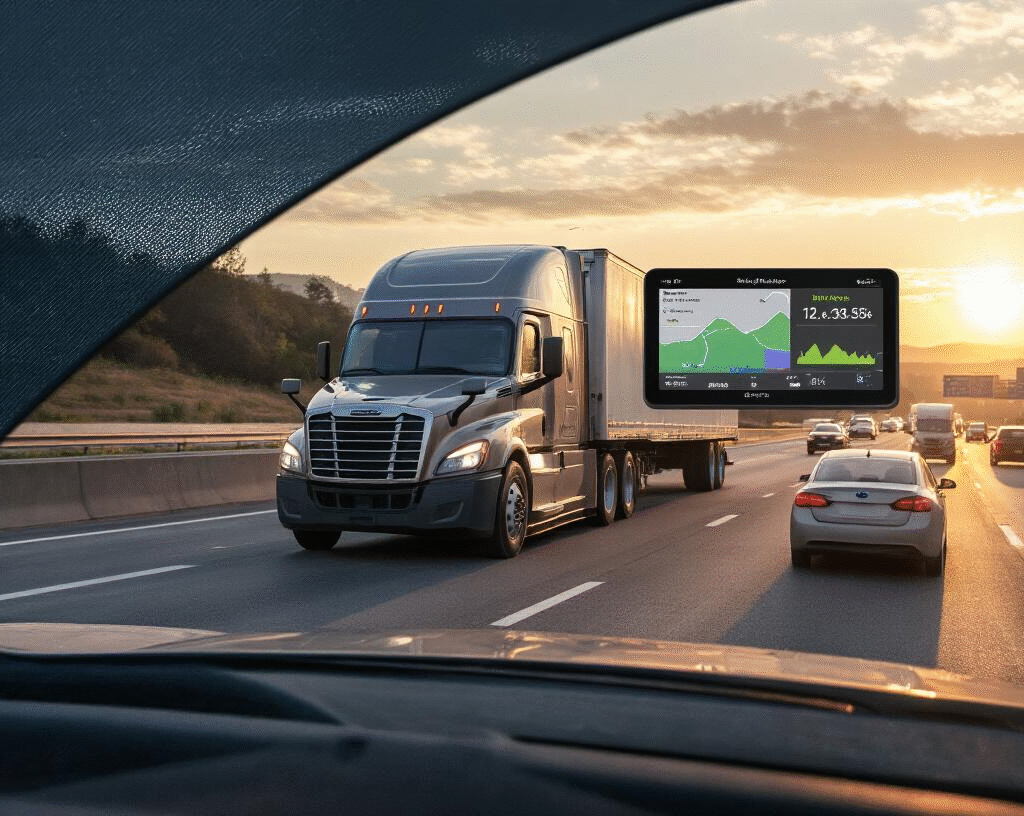
Start Smart: The Importance of Digital Marketing Before Launch
Planning to launch a new product or business? Digital marketing before your official launch can make the difference between an explosive start and crickets on opening day. For entrepreneurs and marketing teams preparing to enter the market, pre-launch digital strategies build momentum when it matters most.
In this guide, we’ll explore why digital marketing gives you a competitive edge before you even open your doors. You’ll learn how to build brand awareness with early audiences, and discover the essential digital marketing components every pre-launch plan needs.
The Digital-First Advantage in Today’s Market

Why pre-launch digital presence matters
The game is won or lost before you even step onto the field.
That’s the reality for businesses today. While your competitors are busy waiting until launch day to start their marketing engines, the smartest brands are building momentum months in advance.
Digital presence isn’t just nice to have anymore—it’s the difference between launching to crickets or to a crowd of eager customers. When you establish yourself online before launch, you’re not just another new logo in the marketplace. You’re a familiar face, a trusted voice.
Think about your own behavior. When was the last time you immediately bought something from a brand you’d never heard of? Exactly.
Setting the stage for success before product availability
Digital marketing pre-launch isn’t about immediate sales—it’s about warming up the audience. It’s building the stage while writing the script.
Smart businesses use this time to:
- Build email lists of interested prospects
- Create anticipation through content that addresses pain points
- Establish authority in their niche
- Gather feedback to refine offerings
- Test messaging to see what resonates
Each of these actions creates a foundation that makes your actual launch exponentially more powerful.
Statistics on businesses that prioritize digital marketing early
The numbers don’t lie:
| Metric | Pre-Launch Marketing | Post-Launch Only |
|---|---|---|
| Customer Acquisition Cost | 61% lower | – |
| First-month Sales | 3.5x higher | – |
| Media Coverage | 2x more likely | – |
| Time to Break-Even | 40% faster | – |
Businesses that invest in digital marketing 3-6 months before launch see their content shared 4x more often than those who start at launch.
And the kicker? 78% of successful startups began building their audience before they had a finished product.
Digital-first isn’t just an advantage—it’s quickly becoming the price of entry.
Building Brand Awareness Before Launch

A. Creating anticipation through strategic content
Want to know the secret to a killer product launch? Start drumming up excitement way before you hit the market.
Think about it. Apple doesn’t just drop a new iPhone out of nowhere. They tease. They hint. They get people talking months in advance.
You can do the same with:
- Behind-the-scenes videos of your product development
- Sneak peek photos that reveal just enough to spark curiosity
- Countdown timers on your website or social media
- Email teasers that gradually reveal more details
The magic happens when people start wondering about your launch. They talk about it. They share it. They wait for it.
B. Establishing authority in your industry
Nobody buys from brands they don’t trust. Period.
Build your expert status before you ever ask for a sale:
- Guest post on respected industry blogs
- Share original research or insightful data analysis
- Host webinars that solve real problems
- Comment thoughtfully on industry trends
Remember when Slack entered the market? They weren’t just another messaging app. They positioned themselves as workplace communication experts from day one.
C. Developing a consistent brand voice and identity
Your brand isn’t just what you sell. It’s how you make people feel.
Nail down these elements before launch:
| Brand Element | Questions to Answer |
|---|---|
| Voice | Formal or casual? Serious or playful? |
| Visual identity | What colors and fonts represent you? |
| Core values | What principles guide your business? |
| Brand story | Why do you exist beyond making money? |
Inconsistency kills brands faster than bad products. If your Instagram is funny but your website sounds like a legal document, you’ll confuse people.
D. Leveraging social proof from early adopters
Nothing convinces like seeing others already on board.
Smart pre-launch strategies include:
- Beta testing groups who become your first testimonials
- Influencer partnerships where you gift early access
- User-generated content campaigns before full launch
- Case studies from pilot programs
People are hardwired to follow what others do. Show them that smart people already love what you’re building.
Pre-Launch Market Research Through Digital Channels
Before launching, smart founders validate their ideas using digital tools. Platforms like Google Trends reveal if your product is in demand, while social media polls and landing pages help test interest quickly and affordably. For example, a simple page with a “notify me” button and $100 in ads can reveal if your concept attracts real attention.
Customer insights are key. Use platforms like Reddit, Quora, and Facebook groups to uncover frustrations with existing products. These insights often shape better solutions than formal surveys. Informal interviews with 5–10 target users also reveal useful language and pain points to guide development and marketing.
Finally, analyze competitors using tools like Spy Fu and Similar Web to identify effective marketing strategies. Subscribe to their newsletters, review their customer feedback, and spot gaps or weaknesses. Repeated complaints signal opportunities—while rising prices may suggest strong demand you can tap into.
Essential Digital Marketing Components for Pre-Launch

Pre-Launch Digital Marketing Checklist
A. Website with SEO Foundations
Build your website early—with SEO in mind. Use keyword research to align content with customer searches and structure your site for both users and search engines. Ensure mobile responsiveness, clean URLs, and fast load times to avoid user drop-offs.
B. Social Media Presence
Don’t launch in silence. Establish a presence on 1–2 relevant platforms and post consistently. Focus on content that educates or solves problems—skip the promotional hype. This builds credibility and community before your first sale.
C. Email List Building
Start collecting emails now. A simple landing page with a strong lead magnet is enough. Segment your list from the start for personalized messaging. Even a small, engaged list can generate real traction on launch day.
D. Content Strategy
Create content that aligns with launch goals—establish authority, answer key questions, and guide your audience through their journey. Focus on value-rich, evergreen pieces that build trust.
E. Paid Advertising
Test ads early with small budgets. Use retargeting pixels to build warm audiences and try micro-campaigns to refine your messaging before launch.
Creating a Pre-Launch Digital Marketing Timeline

A. 6-3 months before: Foundation building
Building your digital marketing foundation isn’t something you throw together last minute. Trust me, I’ve seen startups crash and burn trying that approach.
Start with these essentials:
- Website & landing pages – Get them built now, not the night before launch. Your website is your 24/7 salesperson.
- Brand identity kit – Nail down your logo, colors, fonts, and voice. Consistency builds recognition.
- Social media profiles – Claim your handles across platforms, even ones you won’t use immediately. Better safe than sorry.
- Email marketing setup – Choose a platform and design templates that reflect your brand.
- Analytics infrastructure – Install tracking codes and set up dashboards. You can’t improve what you don’t measure.
B. 3-1 months before: Audience engagement acceleration
This is where things get fun. You’ve built your foundation, now it’s time to:
- Start content publishing – Blog posts, videos, infographics – whatever makes sense for your audience.
- Run targeted ads – Test different messaging to small audiences. See what sticks.
- Build your email list – Offer value in exchange for addresses. A free guide, checklist, or early access works wonders.
- Engage with communities – Find where your potential customers hang out online and join the conversation.
C. Final countdown: Building maximum anticipation
The launch is around the corner. Time to dial everything up:
- Exclusive previews – Give early access to influencers and loyal followers.
- Countdown campaign – Create urgency with daily reminders across all channels.
- Press outreach – Send your press kit to relevant media outlets.
- Launch day plan – Map out every post, email, and notification down to the minute.
Remember: the goal isn’t just to make noise—it’s to create meaningful connections with potential customers before asking for their money.
Measuring Pre-Launch Digital Marketing Success

Key metrics to track before product availability
Numbers don’t lie – they tell you if your pre-launch marketing is actually working. Here’s what you should be obsessing over:
- Email list growth rate: How quickly are people signing up? A steady uptick means your message resonates.
- Landing page conversion rate: Getting 100 visitors means nothing if only 2 sign up. Aim for at least 20-30%.
- Social media engagement: Not just followers, but comments, shares, and genuine interactions.
- Pre-order numbers: The ultimate validation – people putting money down before your product exists.
- Referral traffic: Are people talking about you enough to send their friends?
Setting realistic benchmarks and expectations
Rookie mistake? Expecting overnight virality. Here’s the truth:
Most pre-launch campaigns see 2-5% conversion rates on cold traffic. Anything above that? You’re killing it.
Set milestone-based goals instead of shooting for the moon:
- Week 1-2: Focus on message testing and initial traffic
- Week 3-4: Optimize for conversion rates
- Week 5-8: Scale what’s working
Remember: Amazon didn’t start with a billion users. They started with a few book buyers who loved the experience.
Using analytics to refine launch strategy
The beauty of pre-launch marketing? You can pivot fast when something’s not working.
Try this approach:
- Check your analytics weekly (minimum)
- Identify your highest-performing content and channels
- Double down on what works, cut what doesn’t
- Test one new approach each week
For example, if your Instagram posts about the problem you solve get 3x the engagement of your product teasers, guess what? Your audience cares more about their pain points than your solution (for now).
Your pre-launch data isn’t just measuring success—it’s your roadmap to a stronger launch strategy.
The Road to a Successful Launch Begins Digitally
Launching strong starts with early digital marketing. Building brand awareness, researching your market, and setting up key strategies before launch gives your business a real advantage. A clear pre-launch plan ensures your efforts align with your goals, and tracking tools help you adjust along the way.
Don’t wait until launch day—start growing your online presence now. Engage your future customers early, gather insights, and build trust. Businesses that connect digitally before launch gain momentum that drives long-term success. Lay the groundwork today for a stronger tomorrow. Your digital foundation matters.
















